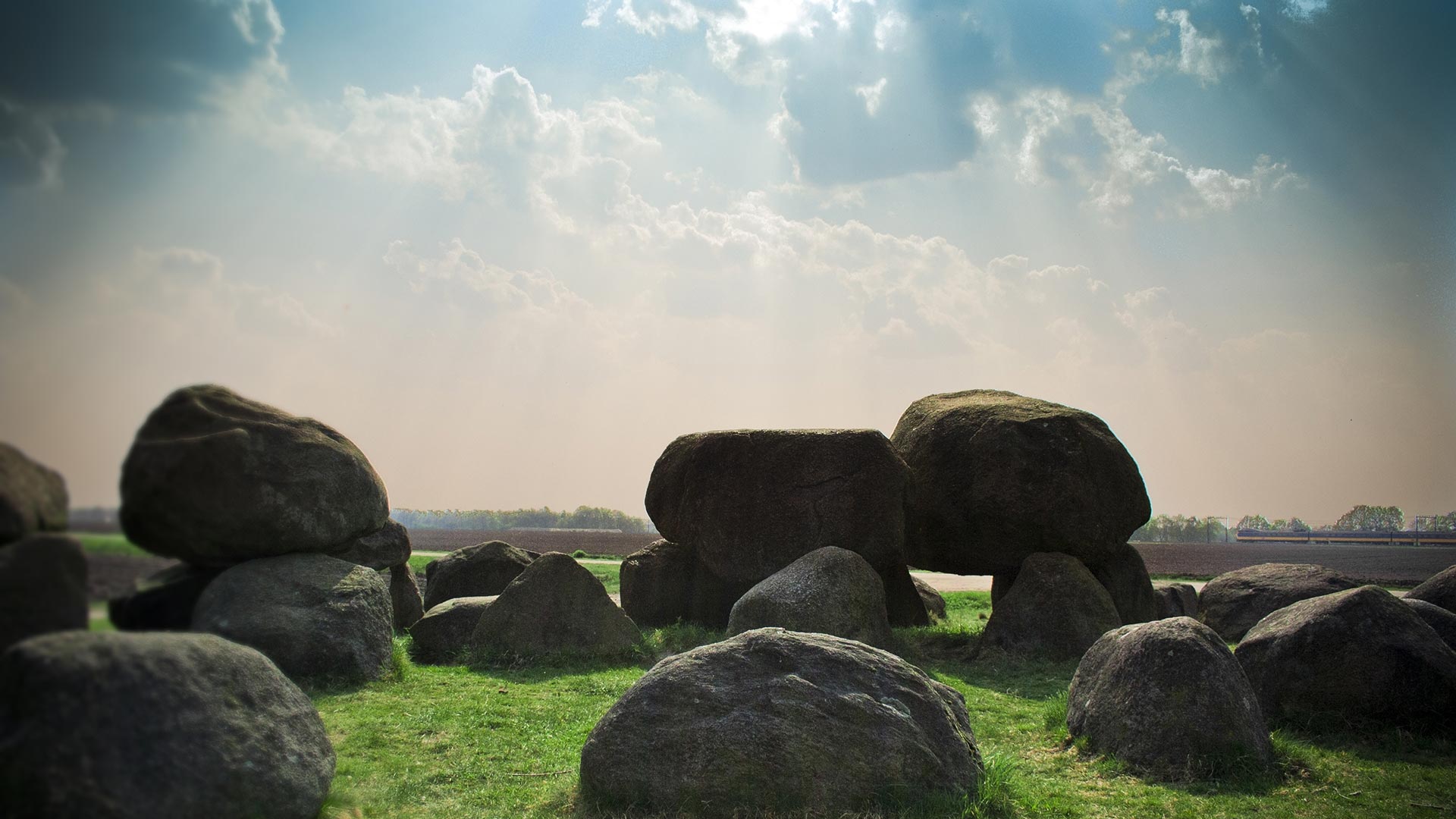WEATHER IN THE SCANDINAVIAN AND BALTIC REGIONS
Summer
Late June to early August is when the weather is warmest and the days are long and bright. Temperatures in July and August can reach 25°C - 30°C. At the same time there is hardly any humidity in the air.
Sea temperatures can reach 18°C and higher, making swimming a popular pastime.
The warmest and most stable weather usually occurs on the eastern side of the southern mountains, including the south coast
Even further north, summer temperatures are rather pleasant – sometimes reaching as high as 25°C or more.
However, the summer weather can be wet and changeable, especially in the Northen regions
If you want to experience the midnight sun, you will have to travel to the northern part of the country, above the Arctic Circle.
Autumn
In the autumn the landscape is painted in golden colours. The temperature drops slowly through September, making for good berry and mushroom picking weather.
During autumn the land areas lose more heat than the sea, and eventually the coastal areas have the highest temperatures. .
Winter
In winter much of Scandinavia and some of the Baltic region is usually transformed into a snow-clad paradise.
The lower inland areas, both in the southern and northern parts of the region, can have very low mean temperatures in winter. Temperatures can reach below -40°C in the inner areas towards the East, even if this does not happen every winter.
By contrast, the coastal areas have comparatively mild winters. However, gales, rain and clouds can be frequent and heavy.
Spring
May to mid-June is when the scenery in Scandinavia and the Baltic region can be at its most spectacular, with trees and flowers waking to life, snow in the mountains and melt water swelling the waterfalls. Orchards of flowering fruit trees along the rivers in May are images of paradise.
There are several public holidays in May, and the locals make full use of them to celebrate springtime after a long winter.
Spring is the season when the temperature differences between the southern and northern part of the region are largest. This is also the time of year when daytime and nighttime temperatures differ the most.
In early spring the coastal areas usually has the highest mean temperatures, but in May the highest temperatures are usually found in the southern part of Eastern and Southern Scandinavia.
The weather in spring can be very varied. There may be days when it is cold enough to snow, and days when it is warm enough to sit outside in the sunshine. Spring months can also be very windy.
Remember that the weather and temperatures can change quickly, especially in the mountains. So whether summer or winter, autumn or spring – Prepare yourself for the wilderness, and bring good footwear and warm clothes.
What clothes should I pack?
Whatever the season, the weather in these countries is liable to change from day to day. So it is a good idea to bring a selection of items.
Your luggage should include some light clothes, items you can layer (that way you can add or remove layers depending on temperature), at least one warm jumper, waterproof coat and/or umbrella and comfortable walking shoes/boots/trainers.
In autumn and spring, you may want to bring waterproof trousers and boots.
For the summer, lighten up, but remember that even summer evenings and nights can be chilly, particularly in the mountains.
